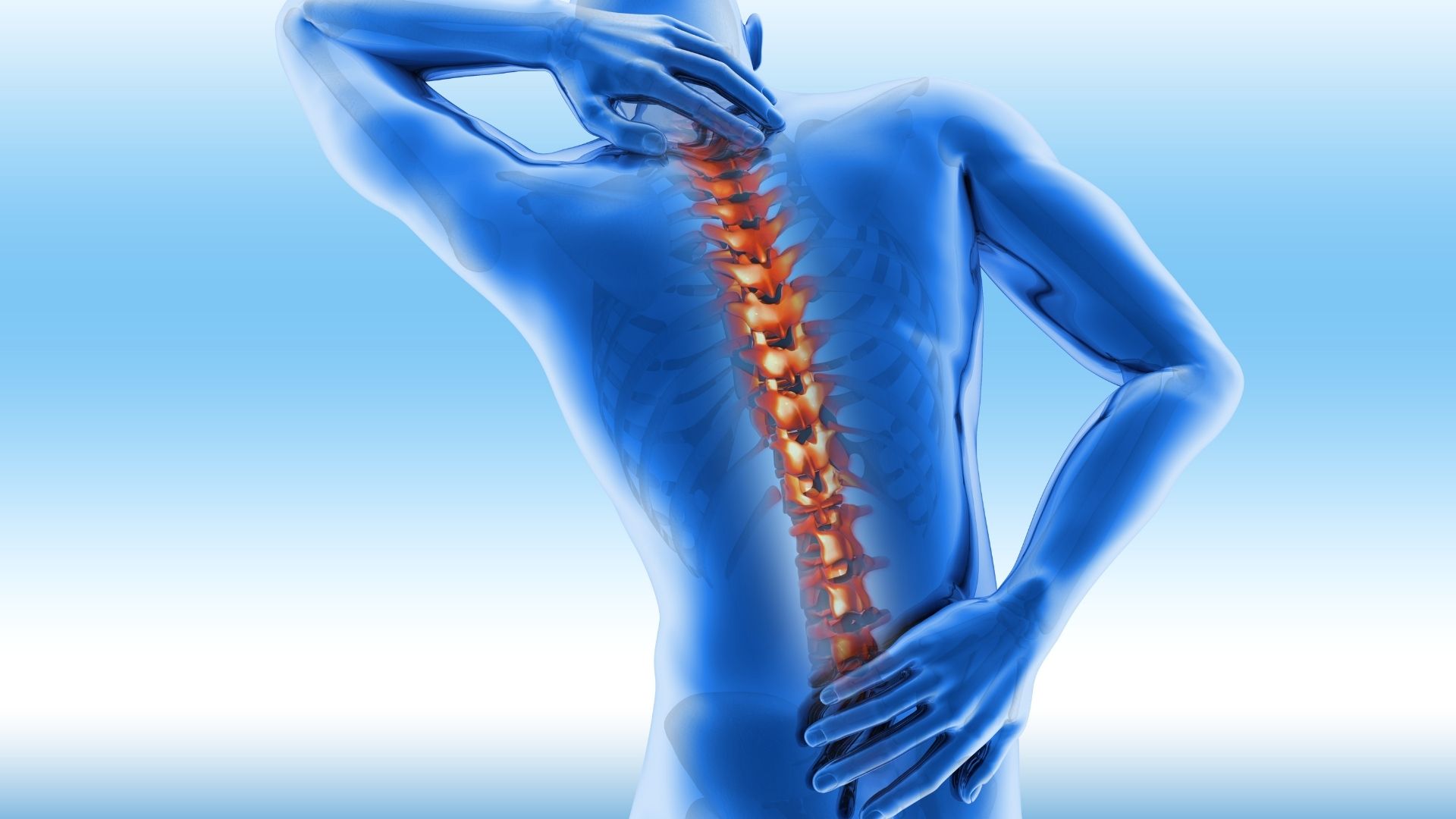Maintaining a healthy lifestyle is crucial for preserving spine health and preventing or managing back pain. By incorporating good posture, ergonomics, regular exercise, weight management, stress management techniques, and physical therapy, individuals can take proactive steps to support their spine and overall well-being. Additionally, making lifestyle modifications specific to individual back conditions can further enhance the effectiveness of treatment and management strategies.
Importance of maintaining good posture and ergonomics for back health
Good posture and ergonomics play a crucial role in maintaining spine health. Poor posture, whether sitting, standing, or lifting, puts unnecessary strain on the back muscles and discs, leading to pain and discomfort. Maintaining a neutral spine alignment by keeping the ears, shoulders, and hips aligned is essential. Ergonomic workstations, chairs, and equipment can help reduce strain on the back, neck, and shoulders. Additionally, taking frequent breaks to stretch and move around can alleviate the stress on the spine caused by prolonged static positions.
Exercise and stretching routines for back pain prevention and management
Regular exercise and stretching routines are vital for preventing and managing back pain. Low-impact aerobic activities, such as walking, swimming, or cycling, can strengthen the core muscles that support the spine. Strength training exercises targeting the back, abdominal, and leg muscles can also improve posture and reduce the risk of back injuries. Stretching exercises, like yoga or Pilates, can improve flexibility and range of motion, reducing muscle tightness and strain on the spine. Incorporating a combination of these exercises into a daily routine can help alleviate existing back pain and prevent future issues.
Healthy weight management and its impact on back health
Maintaining a healthy weight is crucial for spine health. Excess weight, especially around the midsection, can put additional strain on the back muscles and discs, leading to pain and discomfort. The added pressure on the spine can also increase the risk of herniated discs and other back conditions. By adopting a balanced diet rich in nutrients and practicing portion control, individuals can achieve and maintain a healthy weight, reducing the burden on their spine. Regular physical activity and exercise can also aid in weight management while simultaneously strengthening the core and back muscles, further supporting spine health.
Stress management techniques for reducing back pain
Stress can contribute to back pain by causing muscle tension and exacerbating inflammation. Incorporating stress management techniques into daily life can help alleviate back pain and improve overall well-being. Mindfulness practices, such as meditation, deep breathing exercises, or yoga, can reduce stress levels and promote relaxation. Engaging in enjoyable activities, spending time outdoors, or pursuing hobbies can also serve as effective stress relief strategies. Additionally, developing healthy coping mechanisms, such as journaling or seeking support from friends and family, can help manage stress and prevent it from manifesting as physical pain.
Role of physical therapy in managing back pain
Physical therapy plays a vital role in managing back pain and promoting spine health. Trained physical therapists can provide personalized treatment plans tailored to an individual’s specific
condition and needs. They can prescribe exercises and stretches to improve flexibility, strength, and range of motion, as well as teach proper body mechanics and posture techniques. Physical therapists can also employ various modalities, such as heat or cold therapy, ultrasound, or electrical stimulation, to reduce pain and inflammation. Additionally, they can provide education on ergonomics, activity modification, and lifestyle changes to prevent further injury and promote long-term spine health
Other lifestyle modifications for specific back conditions
In addition to the general lifestyle modifications mentioned above, certain specific back conditions may require additional adjustments. For example, individuals with herniated discs may benefit from avoiding activities that involve excessive bending, twisting, or lifting. Those with spinal stenosis may find relief by avoiding prolonged standing or walking, as well as using assistive devices like canes or walkers. Individuals with osteoporosis may need to limit high-impact activities and focus on low-impact exercises to reduce the risk of fractures. Consulting with a healthcare professional can help identify specific lifestyle modifications tailored to an individual’s back condition.
In conclusion, by prioritizing spine health through a holistic approach, individuals can improve their quality of life and reduce the burden of back pain.





.png)




